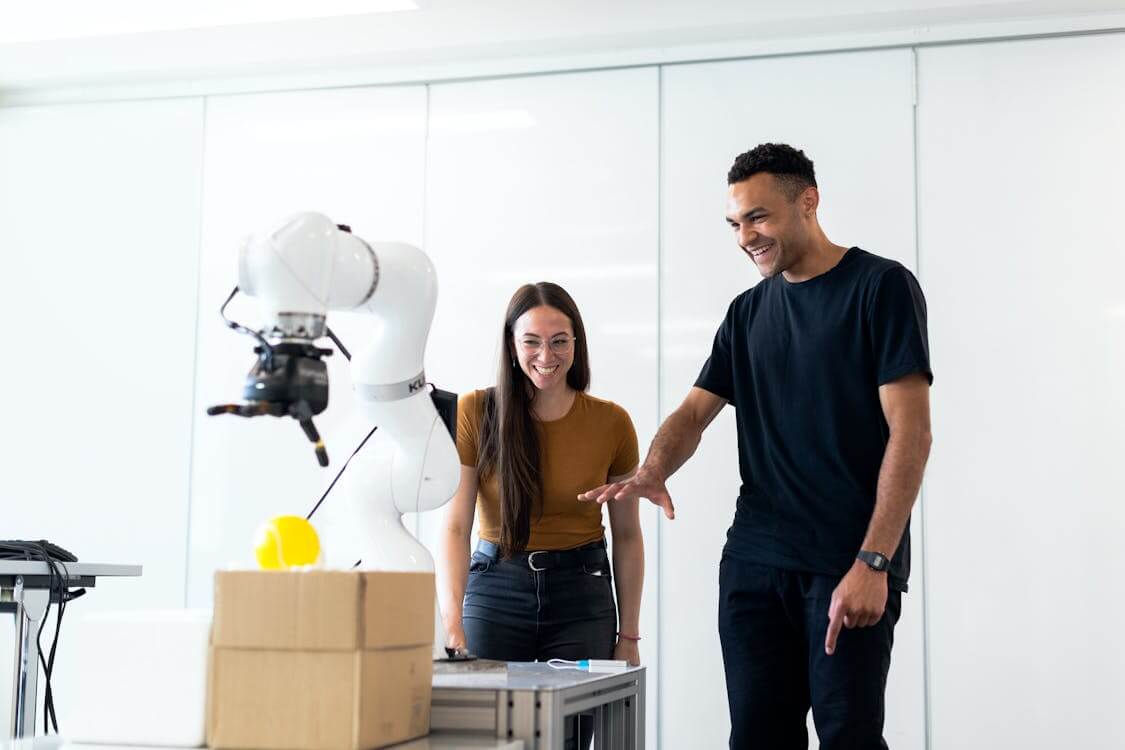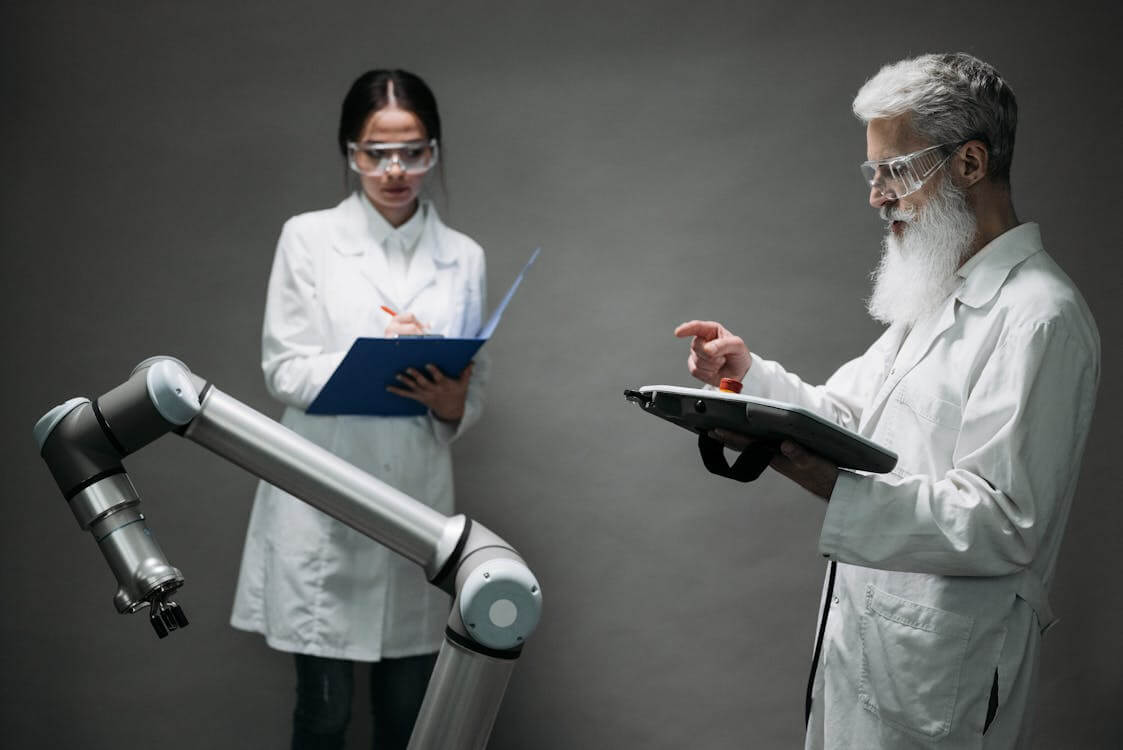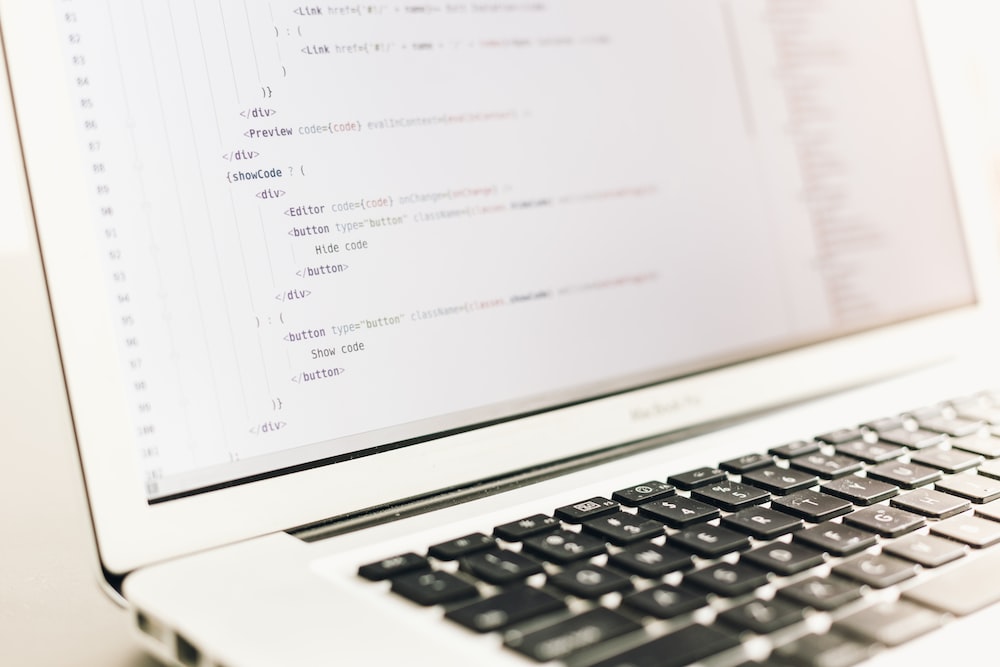The robotics industry has always been a symbol of innovation and the relentless pursuit of technological advancement. From the earliest automata to today’s sophisticated AI-driven machines, robots have evolved at an astonishing pace. But as we move further into the 21st century, a new force is shaping the robotics landscape: web development. The intersection of these two fields is not only transforming how robots are designed and operated but also how they interact with humans and integrate into our daily lives. In this article, we’ll explore the dynamic relationship between web development and robotics, and how this synergy is setting the stage for the future of technology.
The Robotics Revolution: An Overview
Before diving into the specifics of web development’s role in robotics, it’s important to understand the current state of the robotics industry. Robotics, a multidisciplinary field that combines engineering, computer science, and artificial intelligence, encompasses a wide range of applications:
- Industrial Robots: Used in manufacturing for tasks like assembly, welding, and painting.
- Service Robots: Designed to assist humans in various settings, including healthcare, hospitality, and home environments.
- Exploration Robots: Deployed in environments that are hazardous or inaccessible to humans, such as space and deep-sea exploration.
- Educational Robots: Utilized in teaching and learning environments to foster interest and skills in STEM (Science, Technology, Engineering, and Mathematics).
Each of these categories represents a unique set of challenges and opportunities. The integration of web development into robotics is poised to address many of these challenges and unlock new possibilities.
The Role of Web Development in Robotics
Web development, traditionally associated with creating websites and web applications, is increasingly influencing the robotics industry in several key ways:
-
- Remote Control and Monitoring
One of the most significant contributions of web development to robotics is the ability to control and monitor robots remotely. Web-based interfaces allow users to interact with robots from anywhere in the world, providing real-time control and feedback. This is especially valuable in applications such as:
-
-
- Industrial Automation: Engineers and operators can monitor the status of industrial robots, troubleshoot issues, and even make adjustments without being physically present on the factory floor.
-
-
-
- Healthcare: Surgeons can control robotic-assisted surgical systems remotely, providing precision and flexibility that can improve patient outcomes.
-
-
-
- Exploration: Scientists can control exploration robots in remote or hazardous environments, such as Mars rovers or deep-sea submersibles, from their home institutions.
-
Web technologies like HTML5, CSS3, JavaScript, and WebRTC (Web Real-Time Communication) enable the creation of intuitive and responsive interfaces for these purposes. By leveraging these technologies, developers can build dashboards and control panels that provide real-time updates and interactive controls.
-
- Data Visualization and Analysis
Robots generate vast amounts of data, from sensor readings to performance metrics. Web development plays a crucial role in visualizing and analyzing this data. Advanced web-based data visualization tools, such as D3.js and Chart.js, allow users to create interactive charts, graphs, and dashboards that make complex data more accessible and understandable.
For example, a manufacturing plant might use web-based dashboards to track the performance of robotic systems, identifying trends and anomalies that could indicate potential issues. Similarly, researchers analyzing data from autonomous vehicles can use web-based tools to visualize and interpret sensor data, aiding in the development of more advanced algorithms.
-
- Integration with Cloud Computing
The cloud has revolutionized many aspects of technology, and robotics is no exception. Web development facilitates the integration of robots with cloud computing platforms, enabling powerful data processing and storage capabilities. Cloud services like Amazon Web Services (AWS), Google Cloud Platform (GCP), and Microsoft Azure offer scalable resources for handling the large volumes of data generated by robots.
This integration allows for advanced features such as:
-
-
- Machine Learning: Robots can leverage cloud-based machine learning models to enhance their capabilities. For instance, a robot can use cloud-based image recognition models to identify objects or people with high accuracy.
-
-
-
- Data Sharing: Cloud platforms enable easy sharing and collaboration on robotic projects. Researchers and developers can share data, algorithms, and code with others in real-time, accelerating innovation and development.
-
-
- Human-Robot Interaction (HRI)
Web development is also crucial in enhancing human-robot interaction (HRI). Modern robots are increasingly designed to work alongside humans, and creating intuitive and effective interfaces for these interactions is essential. Web technologies enable the development of user-friendly interfaces that can be accessed via smartphones, tablets, and computers.
Key areas where web development impacts HRI include:
-
-
- Natural Language Processing (NLP): Web-based chatbots and voice interfaces enable robots to understand and respond to human language more effectively. This is particularly useful in service robots, such as those used in customer service or healthcare settings.
-
-
-
- Customization and Personalization: Web interfaces allow users to customize robot settings and behaviors according to their preferences. For example, a home assistant robot might offer a web-based dashboard for configuring its routines and preferences.
-
-
- Simulation and Testing
Before deploying robots in real-world environments, extensive testing and simulation are required. Web development tools and technologies are increasingly used to create simulation environments where robots can be tested in virtual settings. These simulations can replicate various scenarios and conditions, helping developers identify potential issues and refine robot performance.
Web-based simulation platforms, such as Gazebo and V-REP, provide environments where developers can test algorithms and behaviors before deploying them to physical robots. These tools often offer web interfaces for configuring simulations, monitoring results, and making adjustments in real-time.





